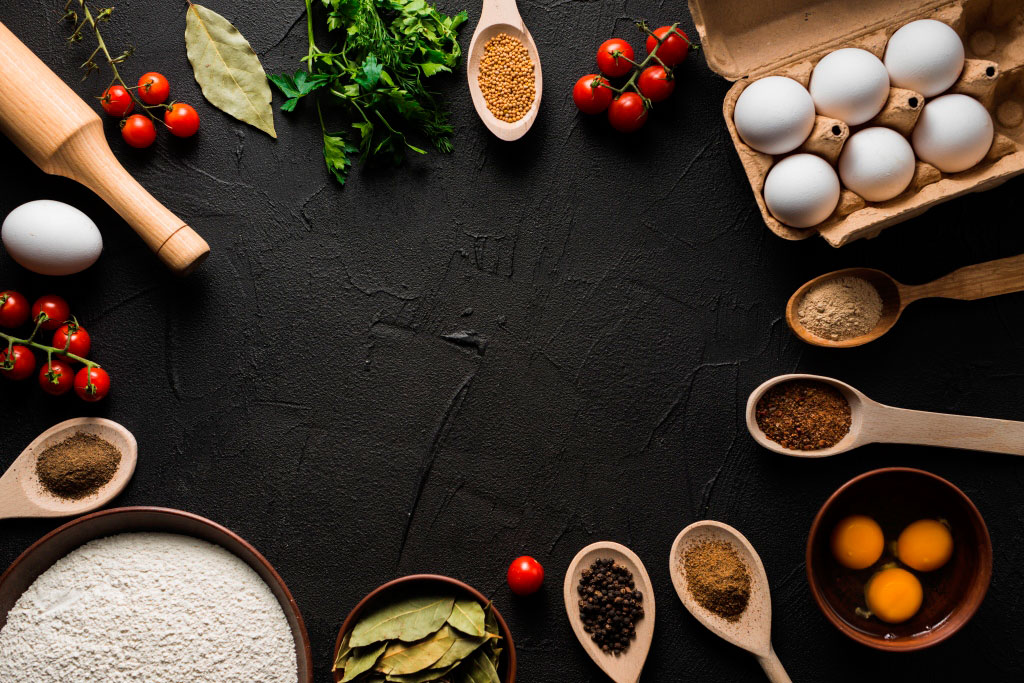Cutting down food costs in a restaurant
Managements decisions regarding menu content are the most important decisions made in a food service operation. The menu steers the business in terms of what is to be purchased, prepared, cooked and served. Food cost plays an essential role in any restaurant’s success or failure. The actual cost of purchasing the raw food products and related ingredients that are used to be is food cost. By large the expenditure for all food service organizations is the cost of food. Advancements in technology and management techniques allow small restaurateurs to keep food costs tight. A restaurateur must be prepared to initiate and monitor cost-control programs, particularly food cost to remain profitable.
Food cost control is basically about two concepts; ensuring that all food and revenue is accounted for and utilized in the most efficient manner. Secondly ensure that every ounce of food purchased is sold at the maximum allowable price.
Monitoring the discrepancy between the ideal stock and physical goods will help to identify that if too much wastage is happening at your restaurant or not. Variance between 2-5% is normal; above that implies too much wastage or misappropriations may be happening at restaurant.
How to keep food cost under control?
- Internal theft prevention is a secondary function. Most waste and carelessness cannot be seen; they need to be understood through numbers.
- Tracking and managing inventory is essential to trace the daily stock and the actual utilization throughout the day.
- Sometimes even small things can be the difference in meeting a target food cost.
- Hiring a staff needs a lot of resources, starting from interview to recruitment and training them properly. If in case an employee leaves the restaurant all the money puts in hiring goes waste. Corresponding while hiring a new employee, our key focus should be on quality and on ensuring favourable situation so they can stick for a longer period.
- 80/20 rule; 80% of food costs are managed by 20% of ingredients. The purchase-sales report should be examined on a daily or weekly basis depending on the size of the restaurant.
- Yield management gives you the idea of how much quantity of raw materials would be used in making a dish. Calculating the yield and raw material purchase, you must consider the similarity of recipes and portion sizes.
- Overproduction and big portion are the sign of wastage. Create a tracking chart based on food returned by customer, food burnt in kitchen, food spilled in kitchen or floor or extra portions that get thrown away helps to find and reduce cost.
- A successful restaurateurs or chefs agrees that backing a standard recipe is the most effective way to controlling food cost. A standard recipe is the one that carry a set of instructions to prepare a particular dish and that has been try out and tested over time.
- Reporting every item used and ordered and book keeping for all money matters related to inventory will give you the clearer picture of restaurant food cost.
- Bulk purchase or on credit basis. Buying in bulk can make a huge difference in food cost and it will always mean that you are paying less. Usually the raw materials purchased in cash are less in quantity and can turn out to be expensive as compared to buying them in bulk.


